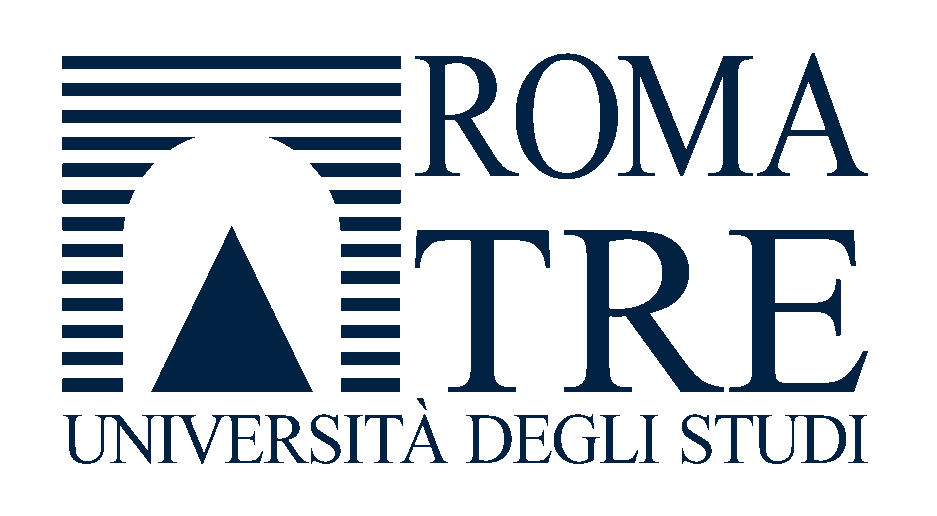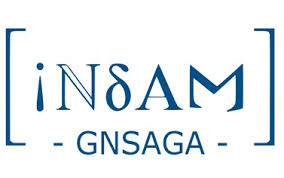Ricercatori in Algebra e Geometria 2023
Argiletum

Questa iniziativa è la terza di una serie il cui scopo principale è la consolidazione di interazioni esistenti e la creazione di nuove, caratterizzate dagli interessi di ricerca delle “nuove generazioni” di algebristi e geometri nelle Università italiane.
Il primo convegno si era tenuto alla Scuola Normale di Pisa a fine Settembre 2021, mentre il secondo presso la SISSA di Trieste a fine Settembre 2022.
La conferenza si terrà presso l'Argiletum (Università di Roma 3) dal 20 al 22 Settembre 2023. La cadenza annuale degli incontri permette di variare di volta in volta i principali temi di ricerca rappresentati, rafforzando il network locale ed Europeo di ricercatori italiani.
Gli speakers invitati sono:
- Mattia Cavicchi (Université de Paris-Saclay, France)
- Daniel Disegni (Ben-Gurion University of the Negev, Israel)
- Camilla Felisetti (Università di Modena e Reggio Emilia, Italy)
- Andrea Ferraguti (Università degli Studi di Brescia, Italy)
- Guido Lido (Università di Roma Tor Vergata, Italy)
- Enrica Mazzon (University of Regensburg, Germany)
- Lleonard Rubio y Degrassi (Uppsala University, Sweden)
- Luca Schaffler (Università Roma Tre, Italy)
- Sofia Tirabassi (Stockholm University, Sweden)
- Angelina Zheng (Università Roma Tre, Italy)
Organizzatori: Andrea Appel (Parma), Federico Binda (Milano Statale), Laura Capuano (Roma Tre), Francesco Sala (Pisa), Mattia Talpo (Pisa)
Supporto fornito da:


Amos Turchet
Andrea Ferraguti
Armando Capasso
Daniele Valeri
Davide Gori
Davide Massinelli
Elena Sammarco
Fabrizio Barroero
Federico Binda
Federico Caucci
FILIPPO VIVIANI
Francesco Sala
Gabriele Mondello
Giovanni Cerulli Irelli
Giuseppe Pareschi
Ilaria Cruciani
Lleonard Rubio y Degrassi
Luca Ferrigno
Luca Schaffler
Margherita Paolini
Mattia Cavicchi
Mattia Cavicchi
Nicola Ottolini
Roberto Pagaria
Sabino Di Trani
Sergej Monavari
Sofia Tirabassi
